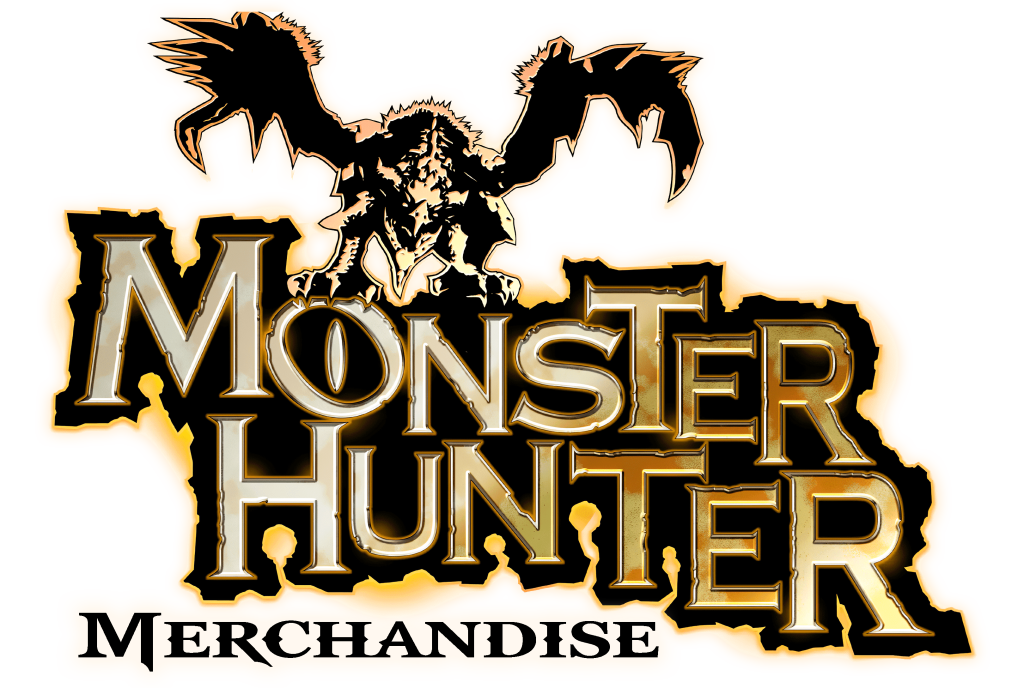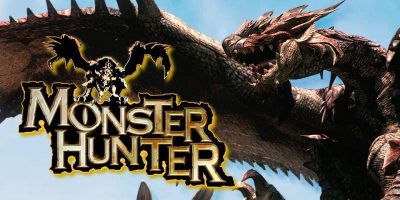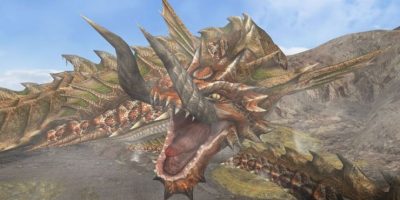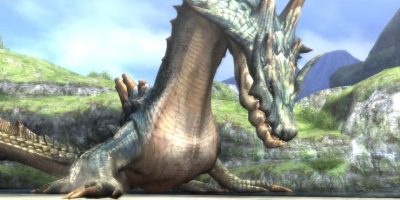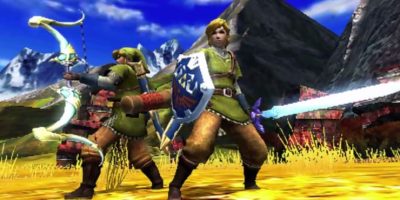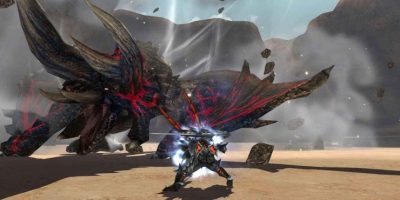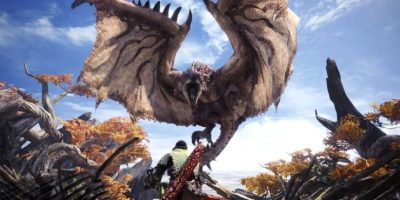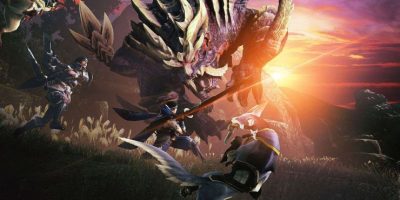Monster Hunter continues to live well after nearly two decades. With so many titles, knowing how to play them in order can be confusing.
Monster Hunter is a series about hunting monsters. It’s hard to get more literal than that. That’s part of the reason why the game sold millions of copies.
Upgraded launches tend to change both platforms and names quite significantly, so we’ll look at them all year by year so you can get a brief overview of the entire series.
Monster Hunter – 2004
The first entry in the now-famous franchise, the original Monster Hunter defined what the series was, with that same gameplay loop remaining solid over the next 20 years of releases. From famous Monsters like Rathalos to beloved weapons like Sword and Shield, it gives you all the tools you need for a successful hunt. Even in retrospect, the original Monster Hunter still has some strong aspects, though there’s no denying that it feels a bit dated compared to newer entries. That’s to be expected, as this is the first installment in the now legendary series.
Free Monster Hunter – 2005
The original Monster Hunter was followed a year later with an expansion called Monster Hunter Freedom. This version, exclusive to the PSP, added G-Rated, the famous highest level of content, and for the first time added Dual Blades, allowing you to spin like a Beyblade.
Monster Hunter 2 – 2006
In 2006, the original Monster Hunter was followed up with an aptly named sequel, Monster Hunter 2. This entry added many new twists such as seasons, more of the series’ iconic monsters and some of its most beloved weapons, the Long Sword and the Hunting Horn. However, an interesting note is that the original version of Monster Hunter 2 was not released internationally and remained exclusive to Japan.
Free Solidarity Monster Hunter – 2008
However, this changed with the 2008 launch of Monster Hunter Freedom Unite, itself an expanded version of Monster Hunter Freedom 2, which in turn was an expanded version of Monster Hunter 2. again for the PSP and was launched internationally in 2008. 2009.
Monster Hunter Frontier
Monster Hunter Frontier occupies a funny place for many fans of the series. It’s maximalism at its best. The monsters are huge, the world is huge, there are so many elemental effects, and on top of that, it’s an MMO. Significantly different from its predecessors, Frontier launched exclusively on PC in Japan, later adding an Xbox 360 version in 2010. Sadly, it never launched internationally and the Its online service was discontinued in 2019.
Monster Hunter Frontier G
But what is an MMO without massive expansion? In typical Monster Hunter style, Frontier got an expansion simply named ‘G’ in 2013. Also typical of Monster Hunter, it also appeared on new platforms. All within a year of G’s launch, the game will hit PS3, PS Vita and Wii U.
Monster Hunter Tri – 2009
You can often see people, every time a new Monster Hunter is revealed, asking “Is this capable of fighting underwater?” That’s because Monster Hunter Tri added this famous system, along with a bunch of new monsters and the now iconic Switch Ax. The consequence of this was the removal of certain weapon types and the redesign of a series of monsters to operate both on land and in water. That said, the game remains a beloved entry in the series.
Monster Hunter Portable 3rd (2010) And Monster Hunter 3 Ultimate (2011)
This was followed by the 3rd Monster Hunter Portable in 2010. This was a Japan exclusive for the PSP and PS3 that built on some elements of Tri to create a unique indie game. However, this also includes the removal of underwater combat. Then came Monster Hunter 3 Ultimate for 3DS and Wii U in 2011, which added more weapons for underwater combat and the famous G-level.
Monster Hunter 4 – 2013
The first casualty of Monster Hunter 4 is the removal of the underwater combat sections and the initiation of the ritual that requires them to return. However, it introduced a large number of changes to movement and environment design to allow both players and monsters more freedom of movement. Unlike most new mainline entries, Monster Hunter 4 was exclusive to the handheld console, the 3DS, a trend that would continue for its re-releases. Oh, and it added Insect Glaive and Charge Blade.
Monster Hunter 4(G) Ultimate – 2014
Returning to the original Monster Hunter 2, Monster Hunter 4 Ultimate (G in Japan) is the first localized version of Monster Hunter 4 and has undergone a more in-depth localization process than previous entries to try to ensure secure a stronger foothold in the West. Also puzzling is that this extended launch is once again limited to the 3DS, with no new consoles added.
Monster Hunter X/Generations – 2015
Despite looking like a main game and feeling like a main game, Monster Hunter Generations (known as X in Japan) is officially known as a spin-off, along with Monster Hunter Frontier. And an odd definition, but one that doesn’t take away from the game’s brilliance. New to Monster Hunter Generations is the Art of Hunting. Each weapon has its own unique abilities that you can activate while hunting, from stat boosts to special attacks, as well as Styles that dramatically change your overall playstyle for each. weapon type.
Monster Hunter XX/Ultimate Generation
This was later followed up with Monster Hunter Generations Ultimate (XX in Japan) in 2017. This version added two new Hunting Styles, new monsters, and more. Fun fact about the Japanese launch, it came to the 3DS first and the Switch later, while the Western launch only came to the Switch.
Monster Hunter World – 2018
Monster Hunter World is a phenomenon on an unprecedented scale. The series’ popularity has been growing in the West since Monster Hunter 4 Ultimate launched, but World is incredibly large, quickly becoming one of the best-selling games ever. now from Capcom. It also provides a fairly significant change in its structure. People spend more time in the world tracking Monsters, doing small quests, fishing, and more. Best of all, this is the first Monster Hunter game to launch simultaneously worldwide.
Monster Hunter World Iceborne – 2019
This was followed a year later with Iceborne, which Capcom likes to call a ‘giant expansion’. To be fair, Iceborne is quite large. It adds a ton of new monsters, a new area, new gameplay mechanics, and more. It’s quite remarkable.
Monster Hunter Rise – 2021
After the huge success of World, it’s hard to imagine Capcom being able to repeat that success again. And while Rise wasn’t as successful as World, the numbers it sold were huge compared to previous entries. It acts as a return to form from previous games after World, featuring easy-to-find Monsters that promote quick hunts. It also introduces wirebugs, greatly improved movement around the world, and as always, a host of mysterious monsters.
Monster Hunter Rise Sunbreak – 2022
A year on and with the PC version now in circulation, Sunbreak is World’s equivalent of the Iceborn expansion. It adds the ability to swap Wirebug skills during combat, new areas (including the return of the Jungle), and some truly awe-inspiring new monsters.
Explore the rich history and captivating evolution of the Monster Hunter series through our detailed Monster Hunter timeline. Journey through the annals of Monster Hunter lore, from its humble beginnings to its current status as a gaming phenomenon. Unravel the mysteries and marvel at the milestones that have shaped the world of Monster Hunter. For a comprehensive overview, delve into our Monster Hunter timeline now at https://monsterhuntermerchandise.com and embark on an epic adventure through time!
